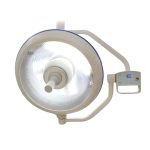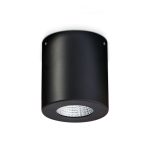LED Light Testing Made Easy: A StepbyStep Guide Using a Multimeter

LED lights have become a popular lighting solution due to their energy efficiency, longevity, and durability. However, like any other electronic device, LEDs can also malfunction and fail over time. Conducting LED light testing using a multimeter is a quick and easy way to diagnose any issues and ensure your LED lights are functioning correctly. This step-by-step guide will walk you through the process of LED light testing using a multimeter, making it easy for you to troubleshoot any issues with your LED lights and ensure efficient lighting performance. A multimeter is a versatile tool that can measure voltage, current, and resistance, making it an essential tool for any DIY enthusiast or electrician. When it comes to LED light testing, a multimeter can help you identify any issues with your lighting system, such as an open circuit, short circuit, or faulty LED. This guide will provide you with a comprehensive overview of how to use a multimeter to test your LED lights, including the equipment you’ll need, step-by-step instructions, and troubleshooting tips. Whether you’re a seasoned electrician or a beginner DIY enthusiast, this guide will equip you with the knowledge and skills to test your LED lights effectively and efficiently.
LED light testing is crucial in ensuring the quality and performance of LED lighting systems. Testing LED lights not only verifies that they are functioning correctly but also helps to identify any potential issues before they cause major problems. LED light testing can detect issues such as voltage drops, current fluctuations, and short circuits, which can lead to premature failure of the LED light or damage to the electrical system. Furthermore, proper testing can ensure that LED lights meet safety standards and regulations, reducing the risk of accidents and injuries. In short, LED light testing is an essential step in ensuring the reliability, safety, and longevity of LED lighting systems.
If you’re looking to test your LED lights, you might be intimidated by the process. However, with the help of a multimeter and this step-by-step guide, you’ll be able to test your LED lights with ease. This guide breaks down the testing process into simple, easy-to-follow steps that anyone can understand. Whether you’re an experienced electrician or a DIY enthusiast, you’ll find this guide to be incredibly useful. By the end of this guide, you’ll have a better understanding of how to test your LED lights and ensure that they’re functioning properly.
Step 1: Preparing for Testing
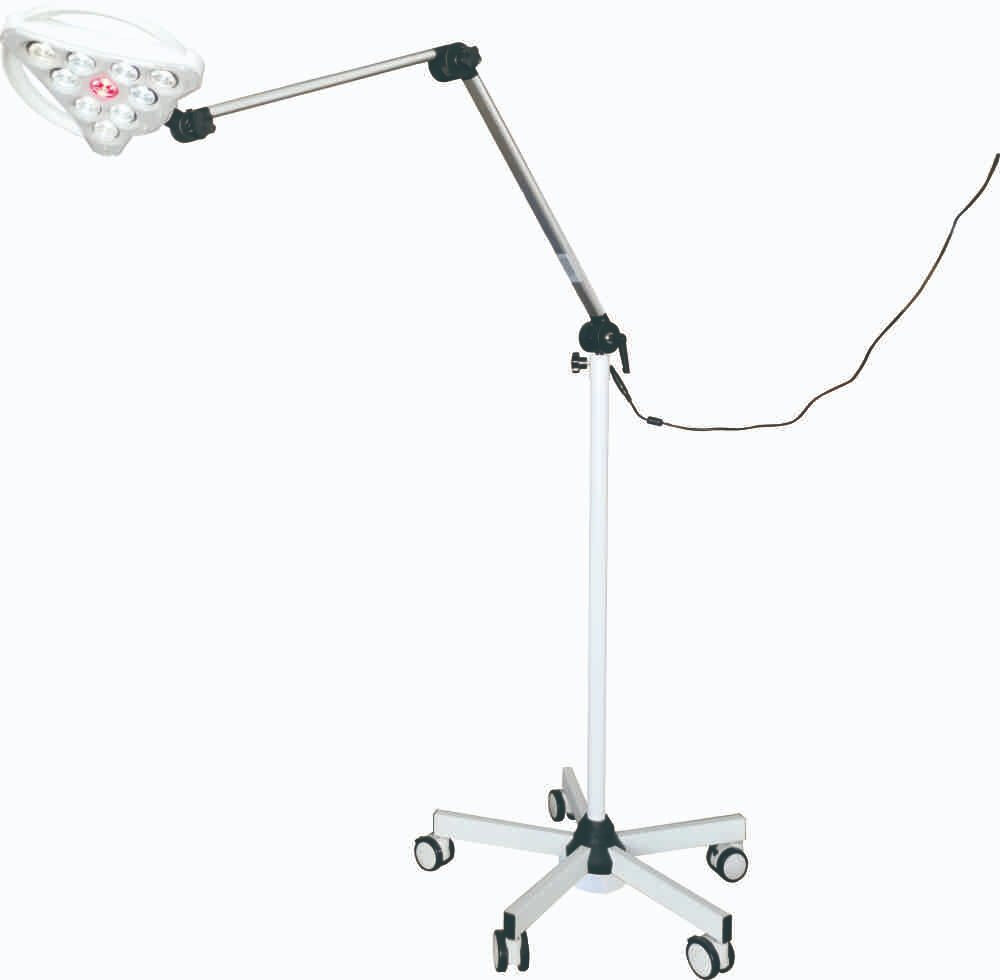
In the process of LED light testing, the first step is to prepare for testing. This step involves gathering all the necessary tools and equipment required for the testing process. It is essential to ensure that the multimeter, which is the primary tool for testing, is in good condition and calibrated correctly. Additionally, it is crucial to ensure that the LED light to be tested is not connected to any power source. This is necessary to prevent any potential electrical hazards during the testing process. It is also essential to ensure that the LED light is clean and free from any dirt or debris that may interfere with the testing process. Apart from gathering the necessary tools and preparing the LED light, it is important to have a clear understanding of the testing parameters. This involves understanding the specifications of the LED light, such as voltage and current requirements. It is also crucial to have a clear understanding of the testing process, including the steps to follow and the expected results. This will help to ensure that the testing process is carried out effectively and efficiently, and that accurate results are obtained. In summary, preparing for testing is a critical step in the LED light testing process, and it is important to ensure that all necessary tools are gathered, the LED light is clean and free from any debris, and that the testing parameters are well understood before commencing the testing process.
Before beginning the LED light testing process, it is crucial to gather all the necessary tools. The first and most important tool is a multimeter, which measures the electrical properties of the LED light. A digital multimeter with auto-ranging is recommended for its accuracy and ease of use. Other essential tools include a breadboard, jumper wires, and a power source such as a battery or power supply. A breadboard is necessary to create a temporary circuit for testing the LED light, while jumper wires allow for easy connections between components. Lastly, a power source is required to provide electricity to the LED light for testing. By ensuring that all the necessary tools are available before starting the LED light testing process, it will be a smooth and successful experience.
When it comes to LED light testing, safety should always be a top priority. Before beginning any testing, it is important to ensure that the power source is turned off and the LED light is disconnected. Make sure to wear appropriate safety gear such as gloves and safety glasses to protect yourself from any potential hazards. Always use a multimeter with a suitable voltage and current rating for LED testing, and follow the manufacturer’s instructions carefully. Remember to handle any electrical components with care and caution, and never touch the multimeter probes together while connected to a power source. By taking these safety precautions, you can ensure a safe and successful LED light testing experience.
Step 2: Setting up the Multimeter

Setting up the multimeter is a crucial step in testing LED lights. Before you start the testing process, ensure that the multimeter is in good working condition and set to the proper mode. To set up the multimeter, first, turn it on and select the DC voltage mode. Next, adjust the range to the appropriate setting, usually between 0-20V or 0-200V, depending on the voltage of the LED light you are testing. It is essential to ensure that the multimeter leads are correctly plugged into the device. The black lead should be plugged into the COM port, and the red lead should be plugged into the VΩmA port. If the multimeter has a third port, it can be used to measure current. However, ensure that you do not use the current mode to test LED lights, as it can cause damage to the device. Once the multimeter is set up, you are ready to begin testing your LED lights. In summary, setting up the multimeter correctly is an essential step in testing LED lights. Ensure that the multimeter is in good working condition, set to the proper mode, and the leads are correctly plugged into the device. Taking these steps will help you to obtain accurate measurements and prevent any damage to the LED lights or the multimeter.
A multimeter is a versatile tool used to measure various electrical parameters such as voltage, current, and resistance. With its different modes and settings, a multimeter can perform a range of functions. In voltage mode, it measures the voltage difference between two points in a circuit. In current mode, it measures the current flowing through a circuit. In resistance mode, it measures the resistance of a component in a circuit. It can also test continuity by checking if a circuit is complete or open. With the help of a multimeter, LED light testing becomes easy and straightforward. By measuring the voltage and current of the LED circuit, you can determine if the LED is working correctly or if there is a problem with the circuit.
Setting up the multimeter for LED testing is a crucial step to ensure accurate and reliable results. First, select the diode testing mode on the multimeter by turning the dial to the diode symbol. Next, connect the black probe to the negative terminal of the LED and the red probe to the positive terminal. It is important to note that LEDs are polarized components, meaning they only allow current to flow in one direction. Therefore, it is essential to connect the probes correctly to avoid damaging the LED or the multimeter. Once the probes are connected, the multimeter will display the forward voltage drop across the LED, which can be compared to the LED’s datasheet specifications to determine if it is functioning correctly.
Step 3: Testing the LED Light
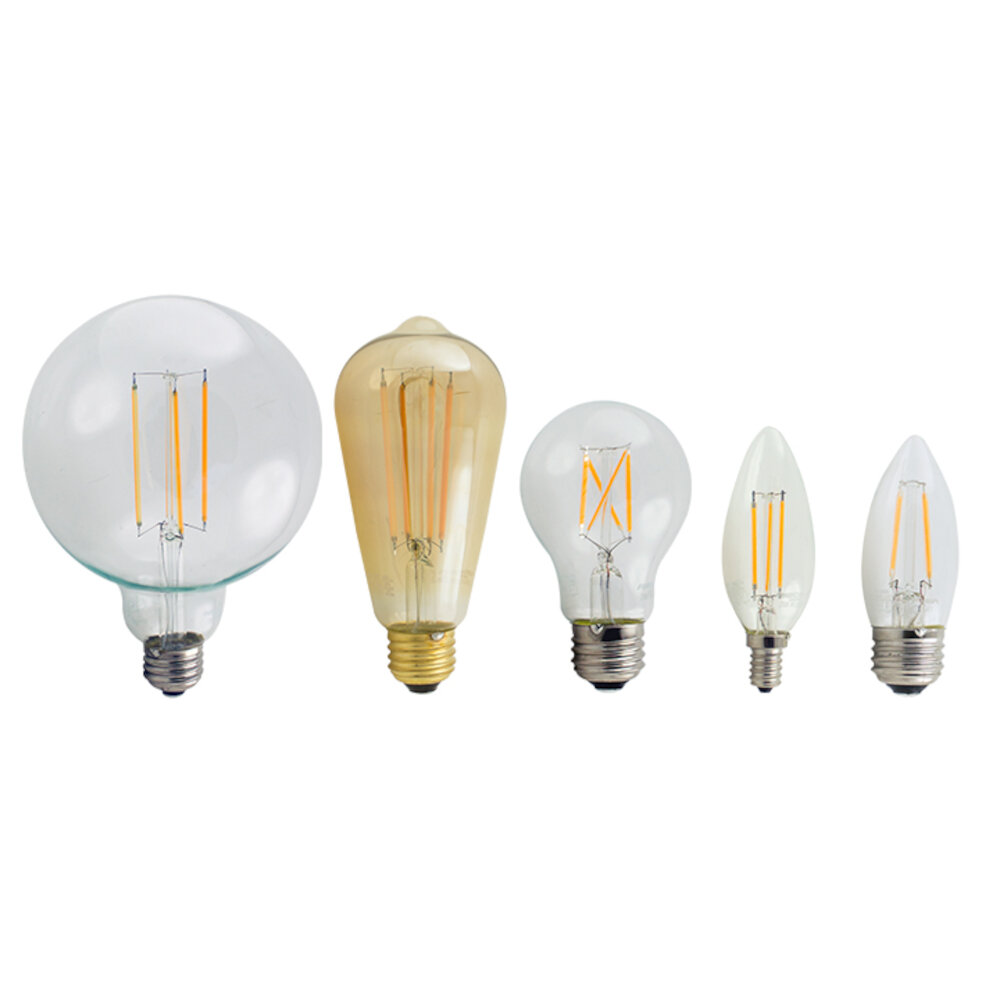
After connecting the multimeter to the LED light, it’s time to test whether the light is working or not. The first step in testing the LED light is to set the multimeter to DC voltage mode. This is because LED lights work with direct current, and measuring the voltage with the multimeter in DC mode will give accurate results. Once the multimeter is set to DC voltage mode, the probes should be placed on the positive and negative terminals of the LED light. If the LED light is working correctly, the multimeter will show a voltage reading in the range of 1.5 to 3.5 volts. If there is no voltage reading, it means that the LED light is not working and needs to be replaced. It’s essential to test the LED light before using it to avoid any mishaps or accidents. Testing the LED light ensures that it’s in good working condition and won’t cause any short circuits or electrical hazards. By following the step-by-step guide, one can easily test the LED light with a multimeter and make sure it’s safe to use. Moreover, testing the LED light with a multimeter is a quick and easy process that doesn’t require any technical expertise. Anyone can do it with a little bit of patience and practice. So, before using any LED light, make sure to test it with a multimeter to ensure its safety and proper functioning.
Identifying the positive and negative leads is crucial when testing LED lights using a multimeter. The positive lead is typically the longer of the two leads and has a higher voltage potential compared to the negative lead. Moreover, the positive lead is connected to the anode, which is the side of the LED that has a smaller flat surface. On the other hand, the negative lead is the shorter of the two and is connected to the cathode, which is the side with a larger flat surface. It is essential to identify the correct leads as reversing them can damage the LED and render it useless. Therefore, before testing an LED light with a multimeter, it is vital to determine the correct polarity to avoid damaging the LED.
Testing voltage and current is an essential step in LED light testing, as it helps to ensure proper functioning and safety. Using a multimeter, which is a device that measures electrical characteristics like voltage, current, and resistance, one can easily test the voltage and current of an LED light. Voltage is the measure of electrical potential difference between two points, and it is essential to ensure that the voltage supplied to the LED light is within its operating range. Current, on the other hand, is the measure of the flow of electricity, and it needs to be regulated to prevent the LED light from overheating or burning out. By testing the voltage and current, one can determine whether the LED light is operating within its expected parameters and make adjustments if necessary.
Interpreting the results obtained from LED light testing is crucial to ensure the proper functioning of the LED light. The multimeter provides various readings such as voltage, current, and resistance, which can be used to determine the health of the LED light. A voltage reading of 3 volts or higher indicates that the LED light is functioning correctly, while a lower voltage reading indicates a potential issue with the LED light. Similarly, a resistance reading of 20 ohms or lower is considered acceptable, while a higher reading may indicate a malfunction. It is essential to interpret these results accurately to diagnose any potential issues and ensure the proper functioning of the LED light.
Step 4: Troubleshooting LED Light Problems
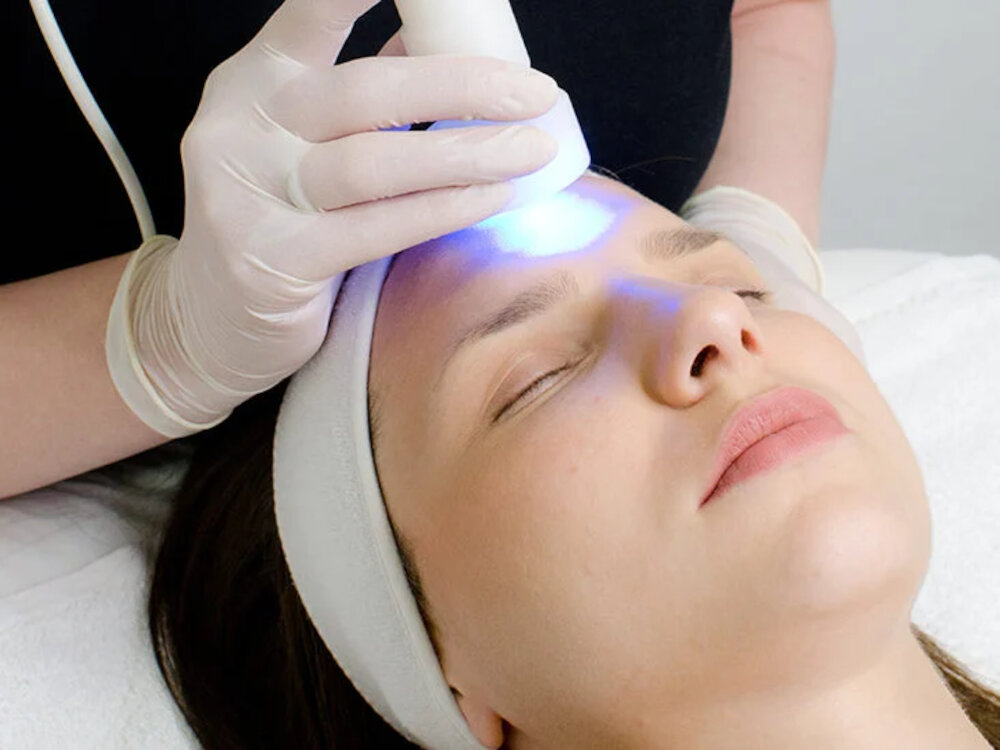
Step 4 of LED Light Testing Made Easy involves troubleshooting any problems that may arise during the testing process. This step is crucial in ensuring that the LED light is functioning properly and providing accurate results. The first thing to check for is any loose connections or damaged wires. If any are found, they should be repaired or replaced before continuing with the testing. Additionally, it is important to ensure that the multimeter is calibrated correctly and that the correct settings are being used for the specific LED being tested. Incorrect settings can lead to inaccurate readings and potentially damage the LED. If the LED is still not functioning properly after checking these issues, it may be necessary to replace the LED altogether. When troubleshooting LED light problems, it is also important to be aware of common issues that can occur. One common issue is flickering or dimming of the LED light. This can be caused by a variety of factors, such as a faulty driver or insufficient power supply. Another issue is overheating, which can cause the LED to fail prematurely. This can be caused by improper installation or inadequate ventilation. By being knowledgeable about these common issues and how to address them, technicians can ensure that the LED lights they are testing will function properly and provide accurate results. Overall, troubleshooting is a critical step in the LED light testing process and should not be overlooked.
LED lights are known for their high efficiency, long lifespan, and low energy consumption. However, like any other electronic device, they are prone to certain issues that can affect their performance. One common problem is flickering, which can be caused by a faulty driver or power supply. Another issue is color inconsistency, where the LED light emits different shades of color, which can be due to the manufacturer’s quality control or the usage of low-quality LED chips. Additionally, overheating can lead to a shorter lifespan of the LED bulb, and voltage fluctuations can cause the LED light to dim or malfunction. Hence, it is crucial to test the LED light using a multimeter to identify and resolve these issues, ensuring optimal performance and longevity of the LED bulb.
A multimeter is an essential tool for diagnosing problems with LED lights. To use it effectively, start by setting the multimeter to the correct setting for measuring voltage or resistance, depending on the problem you are trying to diagnose. Then, connect the multimeter leads to the corresponding contacts on the LED light. If the LED light is not turning on, use the voltage setting to test for power at the input and output ports. If there is power, the problem may be with the LED itself or with a connection issue. If there is no power, check for damage to the wiring or power supply. If the LED light is flickering or dim, use the resistance setting to test for a faulty LED or a loose connection. By using a multimeter to diagnose problems with LED lights, you can quickly and accurately identify the issue and make necessary repairs.
LED light testing is an essential process to ensure the functionality and efficiency of the lighting system. The process involves the use of a multimeter to measure the voltage, current, and resistance of the LED light. The first step is to select the appropriate setting on the multimeter, connect it to the LED light, and measure the voltage. Next, measure the current flow through the circuit by connecting the multimeter in series with the LED light. Finally, calculate the resistance of the LED light by dividing the voltage by the current. The testing process helps to identify any faults or issues with the LED light and ensure that it is operating within its rated specifications.
Safely testing LED lights is of utmost importance to ensure proper functioning and avoid any potential hazards. LED lights are widely used in various applications, including automotive lighting, lighting fixtures, and electronic devices. However, faulty or damaged LED lights can cause serious safety issues, such as electric shocks, fires, or explosions. Therefore, it is crucial to test LED lights using appropriate tools and techniques to identify any defects or malfunctions before installation. Multimeters are one of the most commonly used tools for LED light testing, providing accurate readings of voltage, current, and resistance levels. By following a step-by-step guide for LED light testing, individuals can ensure that their LED lights are safe and functioning correctly, and prevent any potential safety hazards.
It is essential to take time to test LED lights thoroughly before using them to ensure their optimal performance and longevity. Testing LED lights with a multimeter can be an easy and straightforward process, providing valuable information regarding their voltage, current, and resistance. Taking the time to test LED lights can help identify potential issues, prevent damage to the lights, and ensure that they are operating efficiently. Moreover, testing LED lights can also provide valuable insights into the quality and lifespan of the light, helping users make informed decisions about their use and purchase. Therefore, it is highly recommended to take the necessary time to test LED lights properly and ensure that they are functioning correctly to avoid any inconvenience or potential hazards.
Conclusion
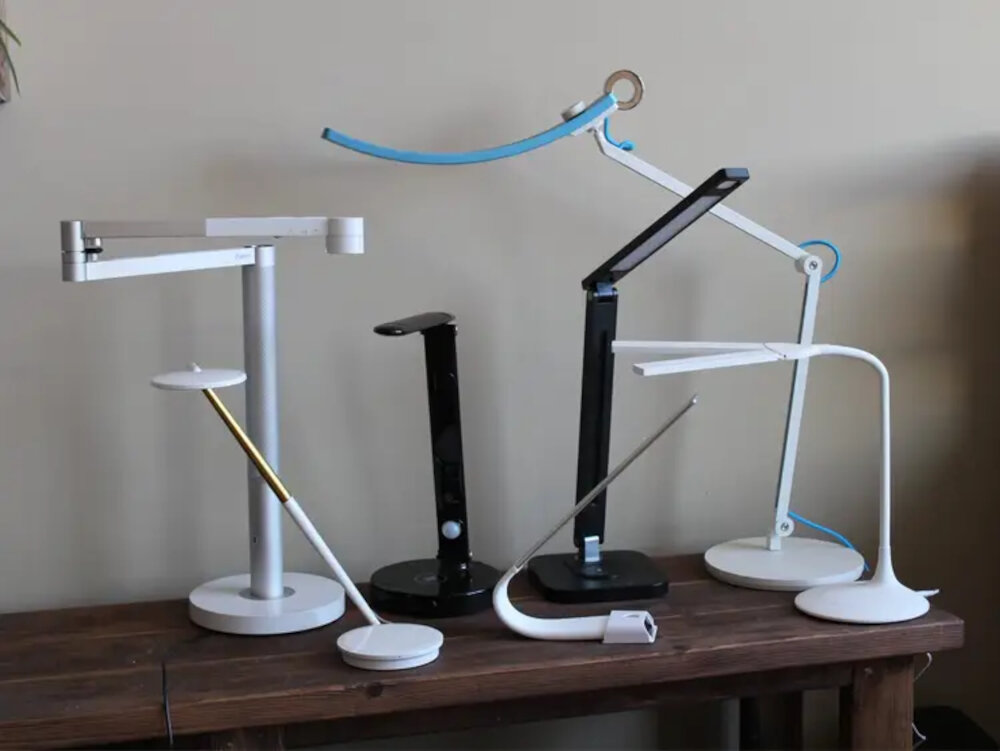
In conclusion, testing LED lights using a multimeter is a simple and effective process that can save time and money. By following the step-by-step guide provided, anyone can easily test their LED lights and identify any issues that need to be addressed. It is important to remember to use caution when handling electrical equipment and to always follow safety precautions. With the knowledge and skills gained from this guide, individuals can confidently troubleshoot and maintain their LED lighting systems, ensuring optimal performance and longevity.


